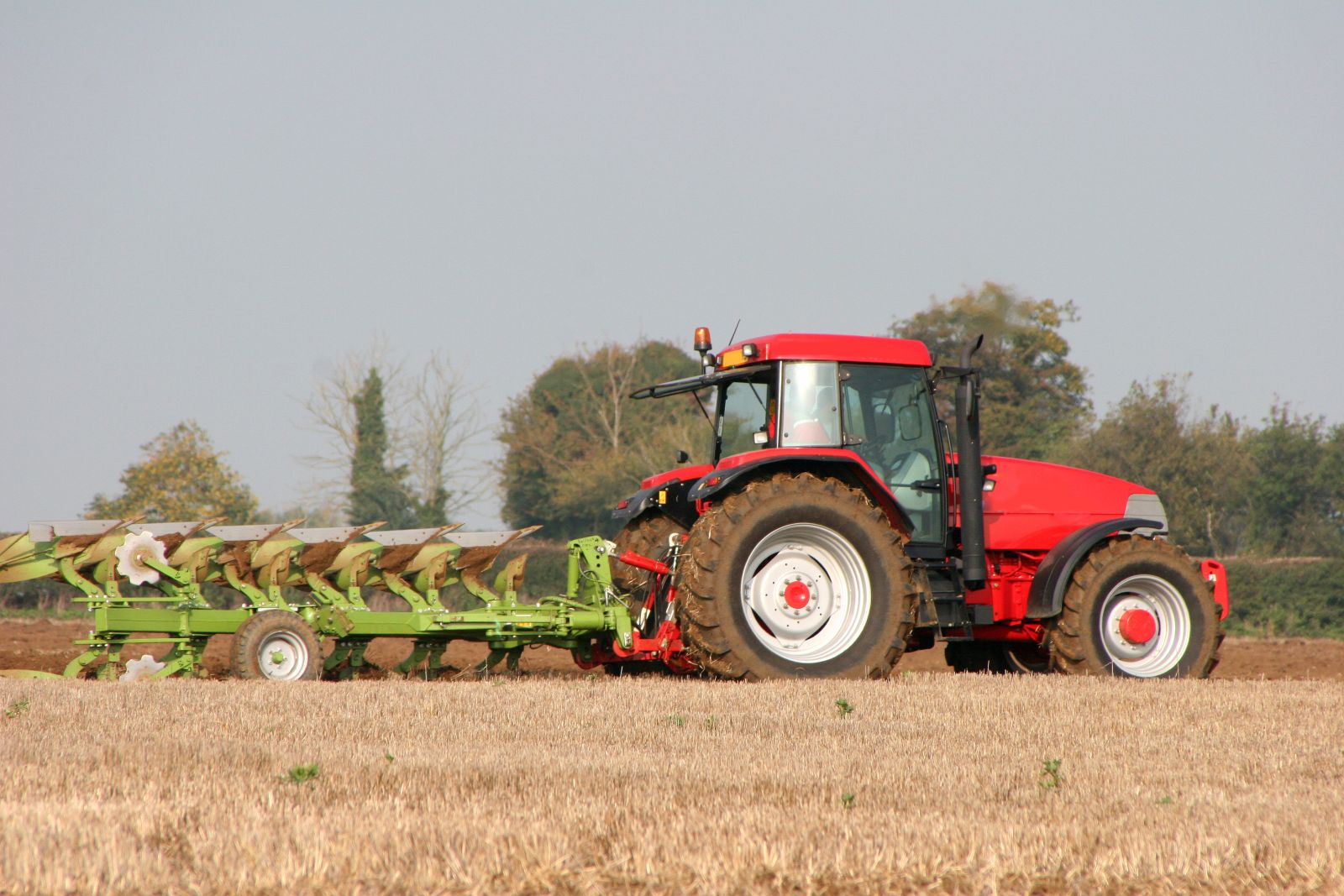What is a Moldboard Plow and How Does it Work?

Any farmer knows that one of the most useful tools in their job is a plow. The history of this tool dates to ancient Rome, and surprisingly, it is still one of the most popular farming tools. An upgraded design of conventional moldboard plows survived and has supported agriculture for centuries. Today, let’s together take a closer look at the origin and the principle of work of moldboard plow (also called plough)
What is a Moldboard Plow?
A Moldboard plow serves as a farm tool used to break soil surface and cut small ditches called furrows. Plows come in the form of heavy blades with moldboard, which turns the furrow. Turning soil upside down can provide a complete burial of weeds and crop residue. It also works well for incorporating fertilizers or pesticides into the soil. The above factors help greatly in crop cultivation. Therefore, moldboard plow is very valued by all farmers who do not have to do this strenuous activity manually.
When Was Moldboard Plow Invented?
Since we have already mentioned that plowing has been with us for centuries, let’s briefly outline the history of this great invention.
The very first wooden models of plow date back to ancient Asia and Africa (around 3000 BC). The European and more modern precursor is only around 500 years old. A revamped and most resembling today’s moldboard plow is the make of Thomas Jefferson, who got inspired by the European designs and developed his own moldboard plow in 1790. At first, it was wooden, then in 1814 iron. However, it was John Deere, who modernized the designed and popularized smooth and self-cleaning steel version of plows among American farmers.
How Does Moldboard Plow Work?
The moldboard plow performs a variety of functions connected with turning soil. It is mostly used for crop productivity and soil conditioning. What are typical tillage operations?
Firstly, a moldboard plow is used to cut, lift, break up, and loosen the soil. The ground undergoes many processes which contribute to its compaction. It can be a result of machine operations or natural causes. However, thanks to the moldboard plow, this process can be reversed. It is necessary for easier formation into a loose seedbed, better water drainage, and quicker warm-up after winter.
Secondly, moldboard plow overturns vegetation. It buries crop residues, and weed seeds, and therefore develops new arable fields. Thanks to its flat bottom, all soil down to the depth of tillage is cut, lifted, and loosened.
Is Plowing Beneficial to the Soil?
Even though there are many advantages of plowing, not everyone believes it is entirely beneficial for the soil. Many claim that the level of wind and water erosion increases when the soil is turned, which leads to increased soil erosion and loss of fertilizer resources. Also, continuous plowing may significantly damage the soil aggregate structure. This in turn leads to reduced root growth and water and air movement.
Even though some farmers prefer to use pesticides or cover crops to solve the problems of weed and insect pests, many still frequently use plowing for weed control.
How to Use Moldboard Plows?
The use of a moldboard plow for spring plowing is not a challenging task. However, there are some points worth bearing in mind, therefore, we prepared a short guide on how to plow effectively and safely.
- Go through the Operator’s Manual and make sure you understand all operating and safety instructions before you start operating your machine.
- Ensure you have enough headland – headland is the space beyond the plowed area. It should be sufficient for the tractor to turn around to make the return pass (usually, 10 feet is enough).
- Level your plow with the ground.
- Plow the first furrow, raise the plow, turn around, and put the right rear tractor tire in the first furrow.
- Bring the plow to a level and dig another furrow. The soil should be thrown by the plow to the first furrow
- Repeat steps 3-5, remembering to place the tire in the previously plowed every time, until you finish plowing the whole area.
How to Choose the Best Plow?
Selecting the right tractor moldboard plows is dependent on many factors, such as the type of soil, the size of the furrows, or the type of tractor. However, one factor should not change regardless of the above. It is purchasing high-quality equipment. Only a reliable and trusted supplier will provide equipment that is not only up to standard but also reliable. Visit our tractor moldboard plows section and discover the Blue Diamond Moldboard Plows. They come in various models and sizes you can adjust to the type of tractor you own. Our equipment is made in the USA with use of the American steel so you can be sure of its high quality and durability. Contact us for more information on our products and warranty conditions.